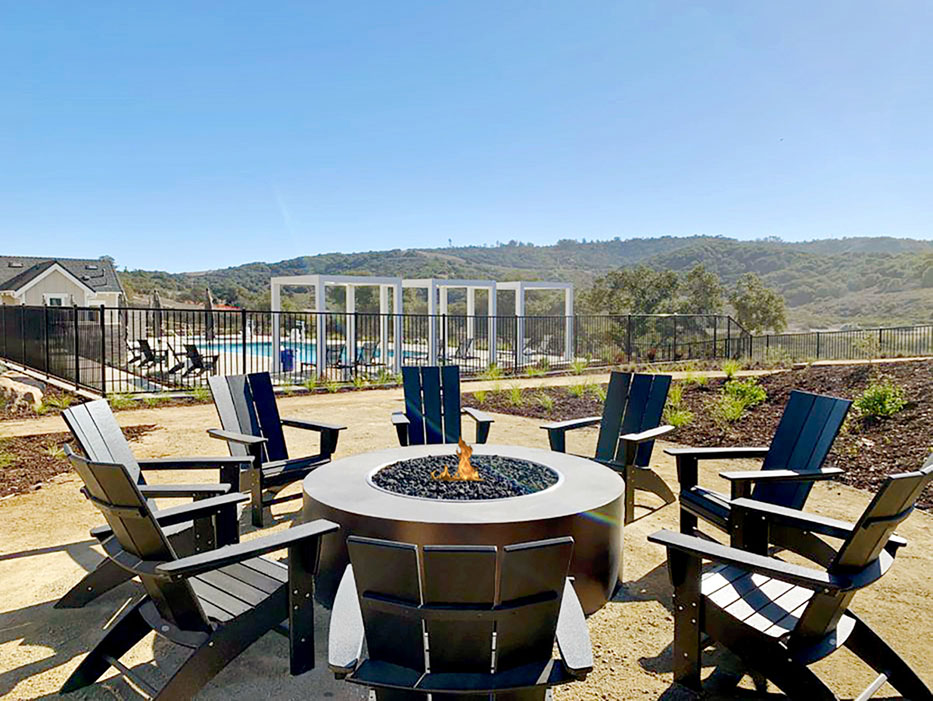Here in the Santa Maria Valley, we’ve got some great Wild West history! Salomon Pico, one of the bandits the character Zorro was based on, is one of them. Pico was born on the Pico family ranch near Salinas and was a member of a prominent and distinguished family in California before it became a state. He and his two brothers, plus his father before him, were soldiers. Another member of his extended family, his cousin Pío Pico, was the last Mexican governor of California.
In his young life, he married a young lady from Pueblo de San José and moved to a rancho north of Fresno which was granted to him. He went off to fight during the Mexican–American War from 1846 to 1848.
After his service, and also the Annexation of California to the United States, Pico returned to his ranch north of Fresno. But, soon the discovery of gold at Sutter’s Mill—the birth of the California Gold Rush—brought gold miners and squatters to appear on his land. It’s not known exactly what happened, but he lost ownership of his property, and his wife became injured and died near the end of 1848.


The story of Salomon Pico on the Central Coast begins with the revenge that he supposedly vowed for his wife and the loss of land, according to folklore. He moved to the Drum Canyon area south of Los Alamos and became a stock dealer of horses and cattle. Gold was in the north, and cattle from the south were in great demand, so this spot and position gave him a great advantage. As men traveled south with gold to buy cattle, he could easily make deals with them by day, and ambush them by night.
Pico and his gang attacked mostly Americans (not Californios, original Spanish colonists in California, or their descendants) on the Camino Real, taking their gold and disposing of their bodies nearby. Many small groups of men traveling south were never heard from again after passing San Luis Obispo. Much later, human skeletons were found in the area, including skulls with bullet holes.
Pico and the gang were very popular with their own people living in the Santa Maria Valley at the time and were seen as brave and just, getting retribution from those who deserved it. Pico was also connected to the influential members of the local Californios, who were still the majority, so crimes committed by the gang were never punished.
Then in 1851, some local American vigilantes finally captured Pico and some members of his gang, and one of them was hanged in a lynch mob. Pico knew it was time to leave, and moved south to Los Angeles and eventually Baja Mexico, where he later died in 1860.
Salomon Pico Hills
It’s not known what happened to all the gold that was stolen during those 3 years. It could still be in the Solomon Hills that run from Orcutt down to Los Alamos, named after Pico and his gang. From your home in Rice Ranch, glance up at the ridge to the south, and imagine this gang of bandits living there, running attacks, hiding gold there!

Today, Solomon Hills houses a different kind of “gold” for California: wine grapes. The Miller family of Bien Nacido & Solomon Hills Estate wines planted a vineyard of Pinot Noir and Chardonnay in the late 1990s and has been producing cool-climate grapes for wines with precise acidity and bright fruit. The Miller family’s vineyards are world-renowned.


Pico restaurant at the Los Alamos General Store was also named for Salomon Pico. “He was a debonair gentleman-rancher on the one hand, who ran in high social circles in Los Angeles,” said owner Will Henry, “and bandit-outlaw on the other.”
That also perfectly describes this historic Western town that’s recently become ranch fancy. There are many great restaurants and wineries in Los Alamos, plus antique shops and more.


The popular novels written in 1919 by Johnston McCulley about a masked champion of outlaw justice named Zorro, were based on tales of California bandits during this time. We know that he had a particular interest in Solomon Pico and Spanish California in the Santa Maria Valley. Those stores live on here in Santa Maria Valley.



